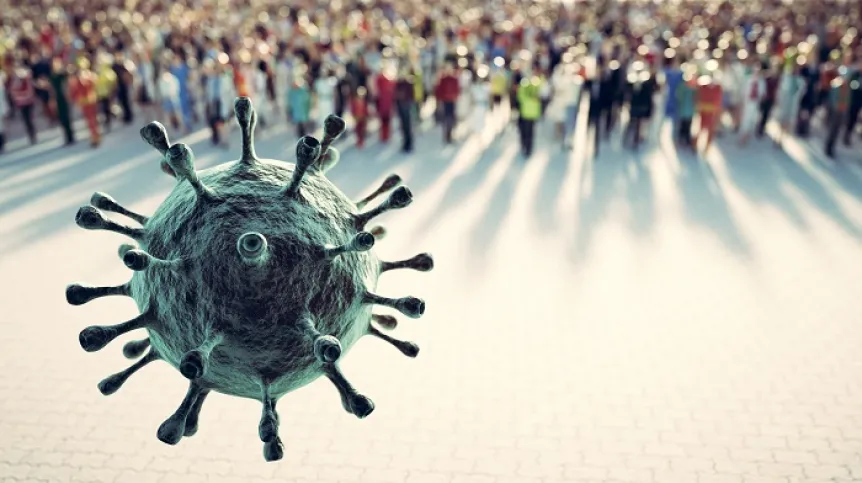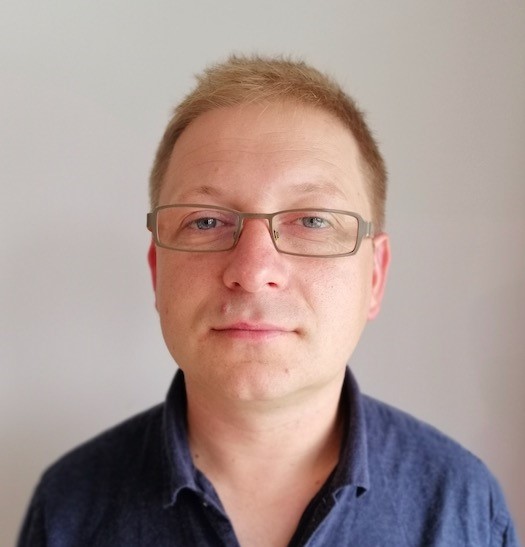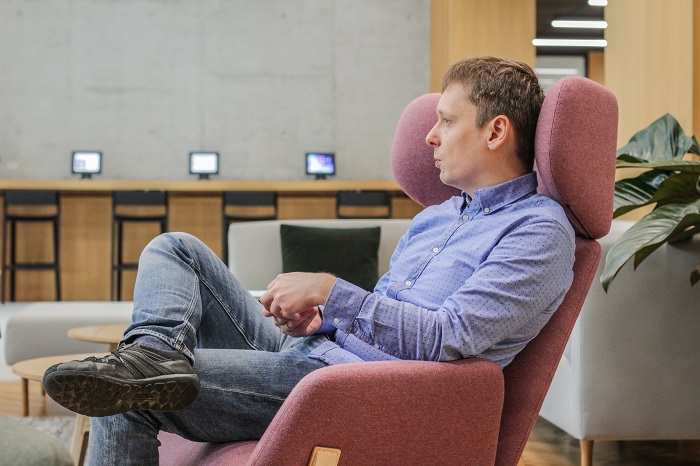
Researchers and developers from Wrocław are working on a new system that will simulate the spread of COVID-19 and other infectious diseases to determine whether the introduced restrictions will be effective.
Marcin Zyga, director of technology at Spyrosoft Group told PAP - Science in Poland that the task of the new system is to simulate the development of a pandemic for droplet transmission diseases, in particular COVID-19, “to see how the disease can spread in a given area (...), for example a country, city or individual districts', he said.
The creators of the system are testing various scenarios that will allow them to determine, for example, how various restrictions introduced because of COVID-19 may affect morbidity and whether they will be effective.
The system was fed synthetic anonymised data on the mobility of people and data on SARS-Cov-2 infection rate provided by epidemiologists. Based on anonymous, synthetic data and formulated mobility rules, researchers from the Wrocław University of Environmental and Life Sciences developed a population mobility model. They translated the model into an algorithm and checked how it could be adapted to the actual locations and areas.
Dr. Witold Rohm from the Institute of Geodesy and Geoinformatics of the Wrocław University of Environmental and Life Sciences, co-owner of U + Geo, which is the contractor in the National Centre for Research and Development project, said: “If we model infections, we need to know how the population behaves, for example, in the city. The information that allows us to build a population mobility model can be obtained from two sources. One is movement trajectories, or data showing how the city residents move in time. The second is called OD matrices. They allow us to determine where from and where to people travel in specific hours in a given area.”
Knowledge about how people move is very important in modelling infections, says Dr. Rohm.

He added that with the new system, researchers will also be able to simulate scenarios to assess the effectiveness of various restrictions. It will also allow them to check what will happen if the restrictions are not observed, for example if 10 percent of people ignore the lockdown.
Dr. Rohm continued: “The most important element in such modelling is not where the virtual agent will go, but the precise place and time of interaction between agents because that makes it possible to accurately predict the infection rate.
“Innovation in our approach is that we model people’s mobility at the individual level - individual agents. We watch how they move in the area and generate a movement model.”
To date, two types of simulations have been performed. The first is based on data from the city of Birmingham in the UK, the second is based on data from Wrocław. According to the scientist, the results obtained from the Birmingham simulation were more than 87 percent consistent with the actual course of the second and third wave of the pandemic in that area.
In the case of Wroclaw, the simulations consistency level was 85 percent.
An epidemiological model from the Medical University of Lodz will be superimposed onto the population mobility model so that in the future, the system can be used to simulate the spread of any contagious disease transmitted by droplet infection.

Marcin Zyga, director of technology at Spyrosoft Group, said: “The epidemiological model has been adapted primarily to COVID-19, but in the future we want to test it using other parameters and data, such as infectivity, mortality, the likelihood of asymptomatic disease, for example, for flu. After the pandemic ends, we want the program to work not only for one disease, or even a specific mutation of the strain, we want it to be more versatile.”
He added: “Currently, if we have such systems, they are available to a very narrow group of people associated with science. You have to have a lot of knowledge to be able to use such a system. We want to prepare a system that will allow a person without a scientific background to run a simulation for their own pandemic scenario.”
The creators of the model hope that the algorithm will be useful for different units of the government and local governments. A working version of the system is expected to be available at the beginning of next year.
The project has been co-financed by the EU (PLN 1 209 519.49) and is implemented as part of the National Centre for Research and Development competition.
PAP - Science in Poland
amk/ zan/
tr. RL













